In the journey of agricultural modernization, irrigation areas are important carriers of agricultural water use, and their management level is directly related to the efficient use of water resources and the sustainable development of agriculture. The smart irrigation area information management system came into being. With its excellent real-time monitoring function, it makes irrigation without blind spots and brings a new revolution to irrigation area management.
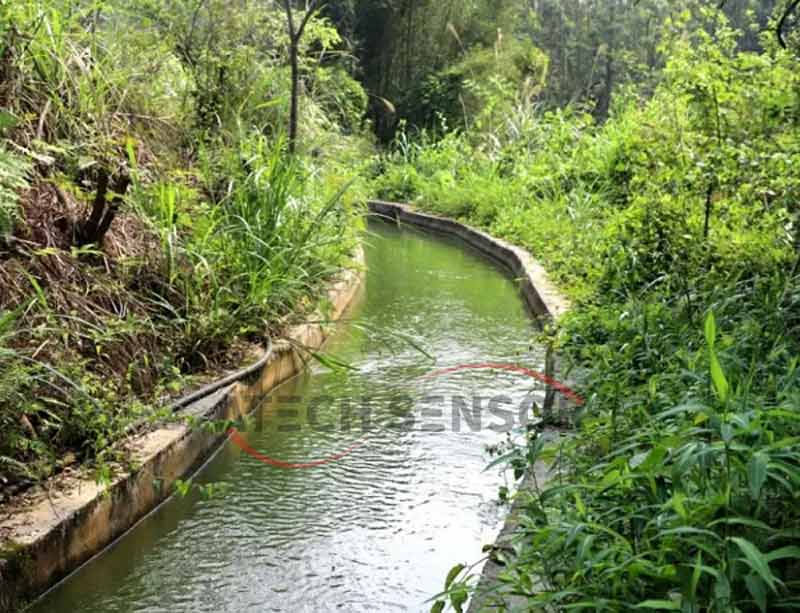
1. Smart irrigation district information management system architecture: all-round intelligent perception network
The smart irrigation district information management system is mainly composed of Doppler ultrasonic flowmeter, meteorological sensor, water quality sensor, temperature and humidity sensor, etc., data acquisition terminal, communication network and management platform. The flowmeter is responsible for measuring water flow data, and the data acquisition terminal processes and stores the collected data and transmits it to the management platform through the communication network. The management platform analyzes, displays and manages the data to provide decision support for irrigation district managers.
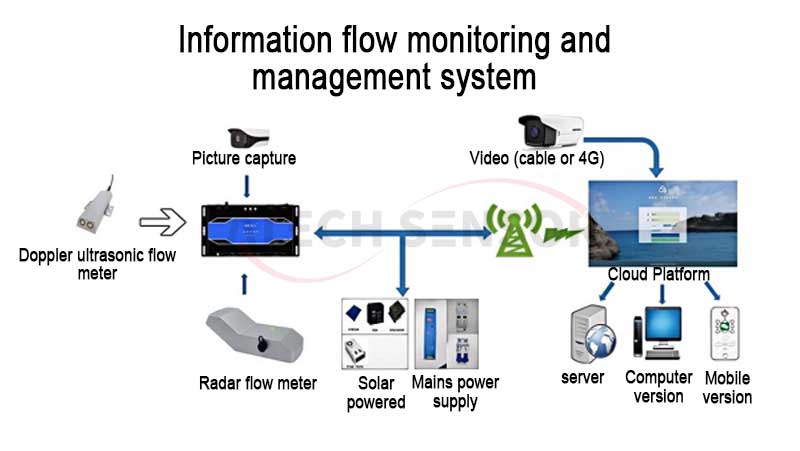
2. Smart irrigation area information management system solution: real-time monitoring, no blind spots in irrigation
1) All-round environmental perception
By deploying a variety of sensors in the irrigation area, such as soil moisture sensors, weather monitors, water level monitors, flow meters, etc., the system can collect a large amount of environmental data in real time. The distribution of these sensors covers the entire irrigation area without blind spots, ensuring 24-hour monitoring of moisture, temperature and humidity, meteorological changes, etc. in different areas.
2) Data integration and real-time feedback
The data collected by all sensing devices are transmitted to the cloud platform through the Internet of Things (IoT) technology, and are integrated and analyzed in real time. The system can respond immediately after data collection.
3) Flexible user interface and visual management platform
To ensure the convenience of operation, the system provides an intuitive graphical interface and visual management platform. Through visual charts and maps, managers can see the overall picture of the irrigation area at a glance, quickly identify potential problems and take measures.
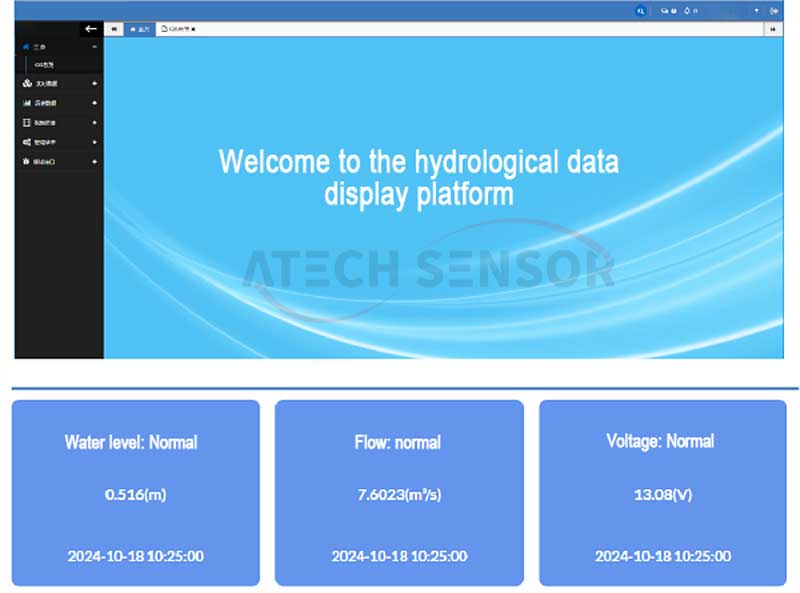
4) Intelligent scheduling and precision irrigation
Based on real-time monitoring data, the smart irrigation management system can dynamically adjust irrigation strategies to achieve precision irrigation. This means that each piece of farmland can obtain quantitative and precise water resources based on its soil moisture, meteorological conditions and crop demand.
5) Remote monitoring and early warning
The system displays real-time data and monitoring images to irrigation district managers through a visualization platform, supporting remote management and scheduling. No matter where the manager is, he can view the real-time status of the entire irrigation district through a mobile phone or computer, adjust the irrigation plan at any time, and reduce human errors.
6) Improve water resource management efficiency
Through real-time monitoring, the smart irrigation system can accurately analyze the water resource needs of each region, supply water on demand, and avoid unnecessary waste. Especially in areas where water resources are scarce, precision irrigation can significantly improve water utilization and support sustainable agricultural development.
7) Historical data analysis and decision support
Real-time monitoring systems can also accumulate large amounts of historical data to provide decision support for managers. By analyzing years of historical irrigation data, the system can identify problems and optimization space in the irrigation process and provide adjustment suggestions.
8) Disaster Response and Emergency Management
Based on real-time monitoring, the smart irrigation system can quickly respond to sudden disasters such as droughts and floods. Through data analysis and early warning mechanisms, the system can automatically respond and help irrigation district managers make timely decisions.
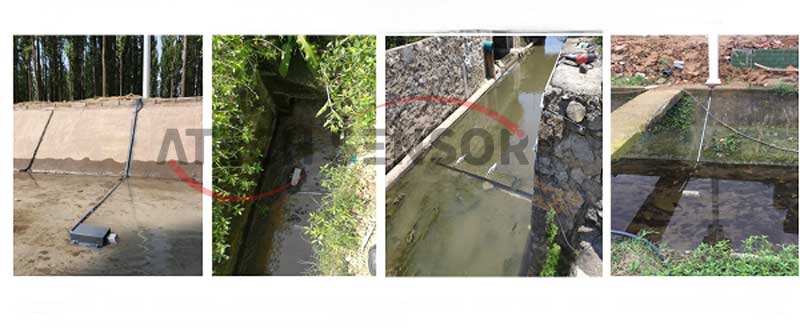
3. Application scenarios of smart irrigation area information management system
Agricultural irrigation management:
Used in large-scale agricultural irrigation areas, especially suitable for precision irrigation in arid and semi-arid areas, reducing water waste and improving irrigation efficiency.
Smart agriculture:
As a core component of smart agriculture, the smart irrigation area information management system plays an important role in the automation, informatization and intelligence of modern agriculture.
Ecological agriculture and water-saving irrigation:
Promote in the field of ecological agriculture and water-saving agriculture, help farmers achieve precise management and ecological protection, and promote the harmonious development of agriculture and the environment.
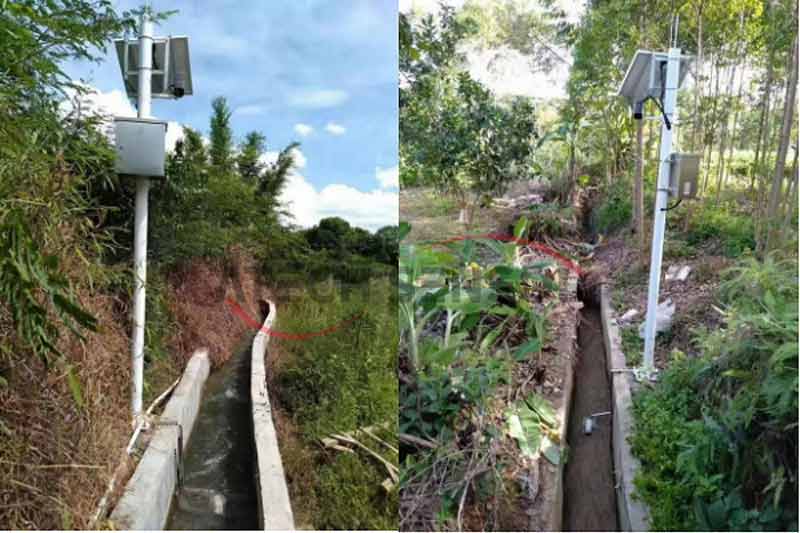
In the future agricultural development, this system will play a more important role, promoting my country's agriculture towards modernization, intelligence and sustainability, and laying a solid foundation for ensuring national food security and promoting rural revitalization.

